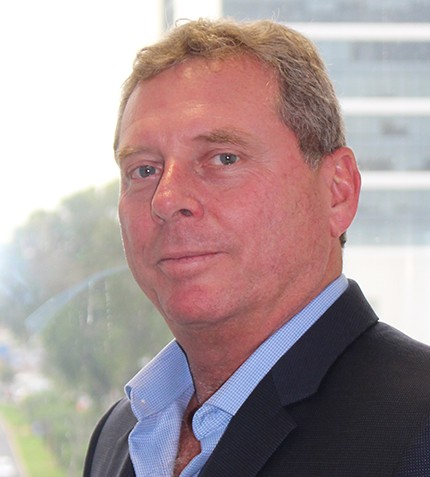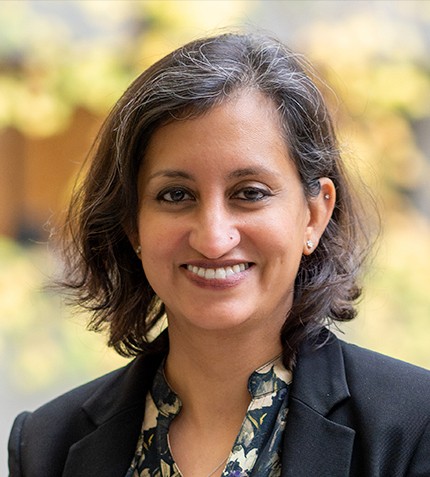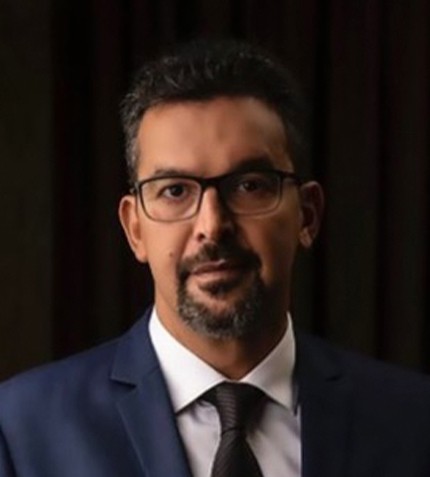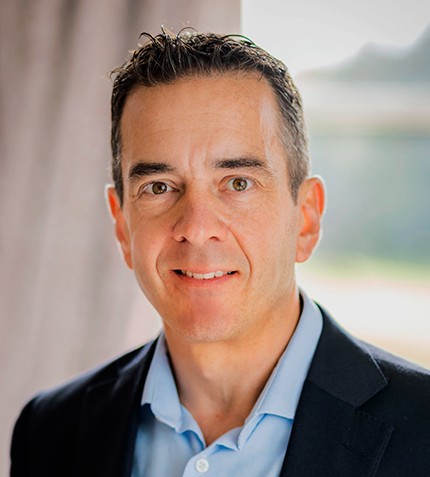
"Of course, there will be a hit for everybody, but when things restart and ramp up, there could be a lot of opportunities as mining producers look to compensate for lost production by increasing throughput. When plants are restarted and looking for 5% more throughput, for example, new technology will have to be implemented."
Fernando Samanez
VP MINING EQUIPMENT & SALES PACRIM, METSO
How did Metso’s sales and services business lines perform in the Pacific Rim (PACRIM) in 2019?
We achieved double digit growth in 2019, with a 16% increase on sales of spot equipment such as small crushers and other unitary equipment that have been in demand, and we worked on a number of interesting projects such as the provision of a complete underground crushing plant for El Teniente in Chile. The sales target for 2019 was around €400 million, and we achieved €405 million, despite the social unrest in some countries and slow economic growth. Furthermore, some projects that were supposed to happen in 2019 were delayed, and we expect to see this start in 2020.
On the services side we achieved around 20% growth on the back of the acquisition of HighService in May 2019, the service division of the Chilean mining engineering, construction and technology company HighService Corp.
In Peru, we have been working with two landmark projects for Metso in Latin America.
How is the company dealing with the Coronavirus outbreak on a local level in Peru?
I believe that Peru should be an example of the benefits of acting quickly. When the crisis started, around 50% of mining operations shut down. Critical operations at a mining operation, including heap leaching and tailings dam management, cannot be stopped otherwise you will have big environmental issues. Of course, there will be a hit for everybody, but when things restart and ramp up, there could be a lot of opportunities as mining producers look to compensate for lost production by increasing throughput. When plants are restarted and looking for 5% more throughput, for example, new technology will have to be implemented.
Which of Metso’s tailings management products have been driving business growth?
Metso is the biggest company in the world in comminution. Although we have very good competition, our grinding and crushing technologies in particular are second to none. We invest a lot in research and development, while at the same time optimizing our supply chain to lower costs that can be transferred to customers. Today, we are investing a lot on the process side, in products such as Vertical Plate Pressure Filters (VPAs) modified to treat certain types of tailings. In 2019 Metso also launched the VPX filter for tailings dewatering, which has up to 25 bars operating pressure, the highest pressure in its category. This enables up to 90% water recovery. Today, only about 5% of tailings are dewatered while roughly 70% of the mines are located in countries where water scarcity is considered as an issue. We are testing some VPX units in Brazil and will be bringing some to Peru before the end of the year for pilot testing.
Does Metso design tailor made equipment or opt for a more standardized approach?
Certain types of equipment should be made to order, but Metso is trying to increase the production of standardized equipment. For example, apron feeders are sized based on width, length and power, and can provide optimal results with standard units. The engineering can be modified slightly, but the design remains the same for different sizes that are on the shelf and can be manufactured more efficiently and at a lower cost. The majority of new products coming out, such as primary gyratory crushers, filters and the latest mining crushing solutions, consider two things: modularization, in other words transporting modules fully assembled to site ; and secondly optimizing the design and engineering of next-generation equipment that has already been developed by adding automation and e-controls
How does Metso’s acquisition of Outotec change the company on a global level?
It is a win-win situation for two large companies that have been serving the mining and refinery industries for a long time. The merger should achieve extraordinary results in the short run, as it creates an industry-leader in supplying mining and process equipment globally. Mixing the different technical expertise will create a tier-one company. Both companies are Finnish, so potential cultural challenges that happen during a merger are minimal.










